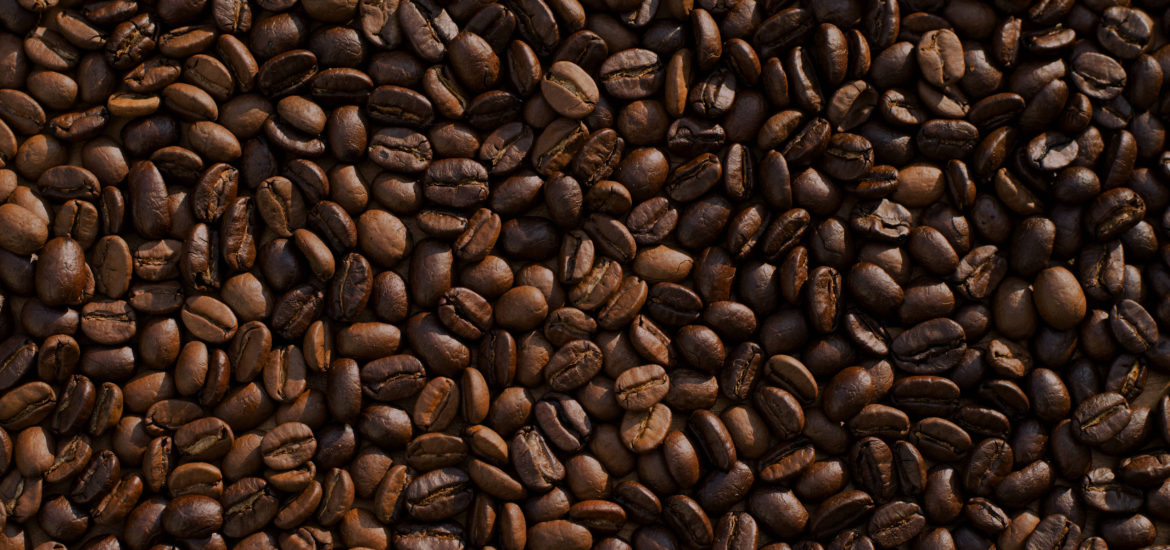For the average college student, a solid cup of java is the preferred way to kickstart your morning. Whether it’s a love of bold flavors or by necessity of a caffeine addiction, coffee is indisputably a priority in college culture. A 2016 consumer trend report by the National Coffee Association shows the daily consumption of gourmet coffee beverages spiked 23 percentage points in the past eight years among individuals aged 18 to 24. Daily consumption of espresso-based beverages, like a latte or macchiato, similarly increased from 9 percent to 22 percent. Though becoming more popular with the kiddos, total coffee consumption in the U.S. dropped two percent as drinks using milk and espresso are more preferred over drinking it black. Despite this decline, people are still drinking more than 2.25 billion cups each day (no shocker there). TL;DR: coffee is still in as high demand as ever.
But what if the demand for our beloved beans can’t be met? This is the problem facing over 25 million small coffee farmers around the world. Robusta beans (used mostly in instant coffee) make up 30 percent of the world’s coffee markets and are grown largely in Brazil and Vietnam. These beans are climate sensitive, needing temperatures between 75 and 85 degrees as well as roughly 60 inches of rainfall to thrive. Due to climate changes brought on by global warming, both Brazil and Vietnam are experiencing drastically high temperatures and year-long droughts. The star of many barista creations, Arabica beans round out the rest of the coffee market and are also falling victim to climate changes in Ethiopia and Latin America.
What does this mean for the little guys? Not the coffee farmers, the other little guys—the coffee-drinking college kids who live on college kid budgets. As the gap between supply and demand in the coffee market continues to grow, you’ll notice gradual price increases in your favorite coffee brands. Patron-saint-of-caffeine Starbucks hiked prices between 10 and 30 cents in 2016 and are expected to raise prices again in 2017 in response to the shortage. The average U.S college student pays $2.70 for a regular coffee and $3.78 for an espresso-based drink. Even ten-cent price increases make a difference when college students have to make every penny count. With global warming not cooling down anytime soon, I can’t help but wonder if drinking coffee, a college student necessity, will soon become a college student luxury. In the meantime, I’ll be sipping tea and steering clear of all stressed-out college students missing their morning caffeine fix.
by Abby Welles

